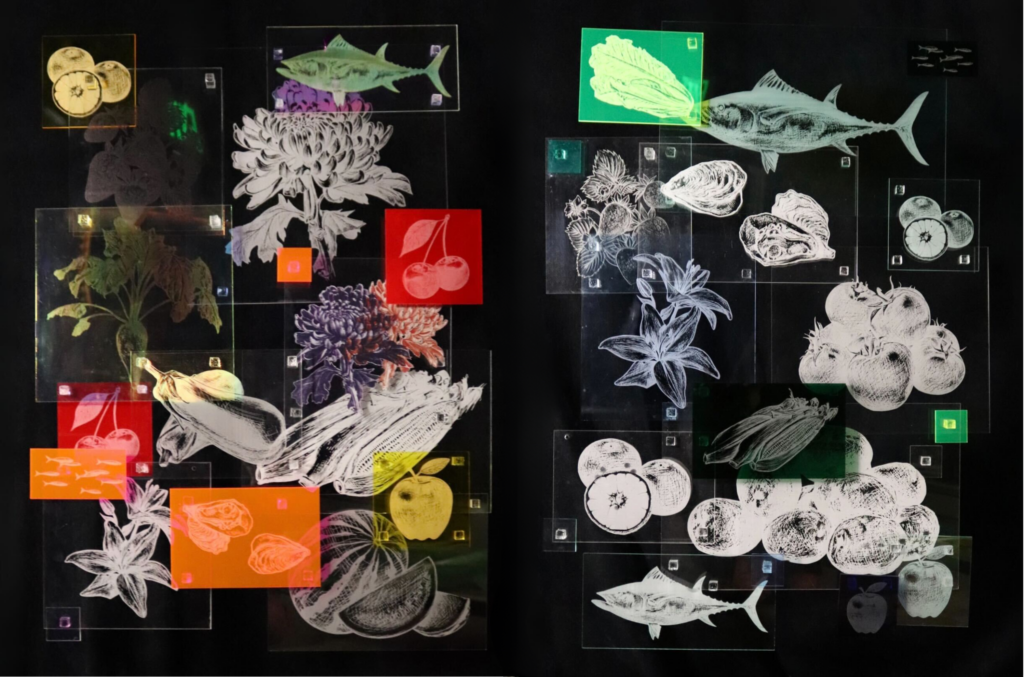Discover the History ofWWII Incarceration

120,000 Japanese Americans were unjustly incarcerated during World War II. Learn about this unprecedented denial of civil liberties and why it still matters today.
Explore Personal Stories

Learn about Japanese American history and the legacy of WWII incarceration by exploring personal stories from those who lived through it.
Promote Equity Today

History doesn’t repeat itself, but it often rhymes. Join us in putting the lessons of Japanese American WWII incarceration into action today.
Densho Catalyst: History, Essays, & Opinion
Dive into hidden histories and learn why these stories matter today with the latest essays and opinions from Densho and other community voices.

Meet the Nisei Notables Who Would Have Turned 100 in 2024
As we celebrate the arrival of 2024, it’s time for our annual roundup of prominent Nisei who would have turned one hundred years old in the year to come. We...
Memorializing a Shared History Between Native and Japanese American Communities at Fort Lincoln
In September, I had the privilege of attending the ground blessing ceremony for the Snow Country Prison Japanese American Internment Memorial on the campus of United Tribes Technical College (UTTC)...
Kanon Shambora on the Making of Print Garden
Artist-in-residence Kanon Shambora used her time at Densho to explore the roots of Japanese American identity. Their culminating Print Garden pays homage to early Issei and Nisei, as well as...
Manzanar CloseUp
Welcome to Densho’s newest digital platform, Manzanar CloseUp! An evolution of Densho’s popular Sites of Shame project, Manzanar CloseUp applies similar data extraction and visualization tools to offer a close-up view of Manzanar concentration camp. Users are able to see geographical and population features of the camp with an unprecedented level of detail, including information about camp population down to the individual family and barrack level.

Upcoming Events

Lunch and Learn: “Lawyer, Jailer, Ally, Foe”
Join us for a conversation between Eric Muller, Professor of Law in Jurisprudence and Ethics at the University of North Carolina School of Law, and Densho content director Brian Niiya, for a discussion of Muller’s latest book, Lawyer, Jailer, Ally, Foe: Complicity and Conscience in America's World War II Concentration Camps.
Labeled “a fascinating and detailed account of one of America’s darkest chapters” by attorney-novelist John Grisham, and "an important addition to the literature on moral witness and the history of the Japanese American incarceration" by novelist Julie Otsuka, the book tells the stories of government lawyers who helped to run the camps in which tens of thousands of innocent Japanese Americans were held from 1942 to 1945. These lawyers knew the camps were unnecessary, unjust, perhaps even illegal – yet they signed up for their jobs anyway. As we examine these men’s choices, we come to see more clearly what can lead decent professionals to lend their energies to systems of mass injustice.
Stay Informed: Join The Mailing List


Campu: A Podcast
Campu weaves together the voices of survivors to spin narratives out of the seemingly mundane things that gave shape to the incarceration experience: rocks, fences, food, paper. Follow along as hosts Hana and Noah Maruyama move far beyond the standard Japanese American incarceration 101 and into more intimate and lesser-known corners of this history.

Encyclopedia
Thousands of articles about the history of the Japanese American WWII exclusion and incarceration experience. Here are a few to get you started:
Americans Betrayed: Politics and the Japanese Evacuation (book)
The first book-length exploration of the causes of the mass forced removal of Japanese Americans and their subsequent confinement, it emphasizes the role of West Coast politicians and pressure groups in the decision.
Draft resistance
Resistance by nearly 300 incarcerated Japanese Americans to conscription into the United States Army under the Selective Service and Training Act of 1940. Most served time in federal prison for their resistance.
Immigration Act of 1924
Also known as the Johnson-Reid Act, the Immigration Act of 1924 ended further immigration from Japan, while restricting the number of immigrants to the U.S. from southern and eastern Europe.

